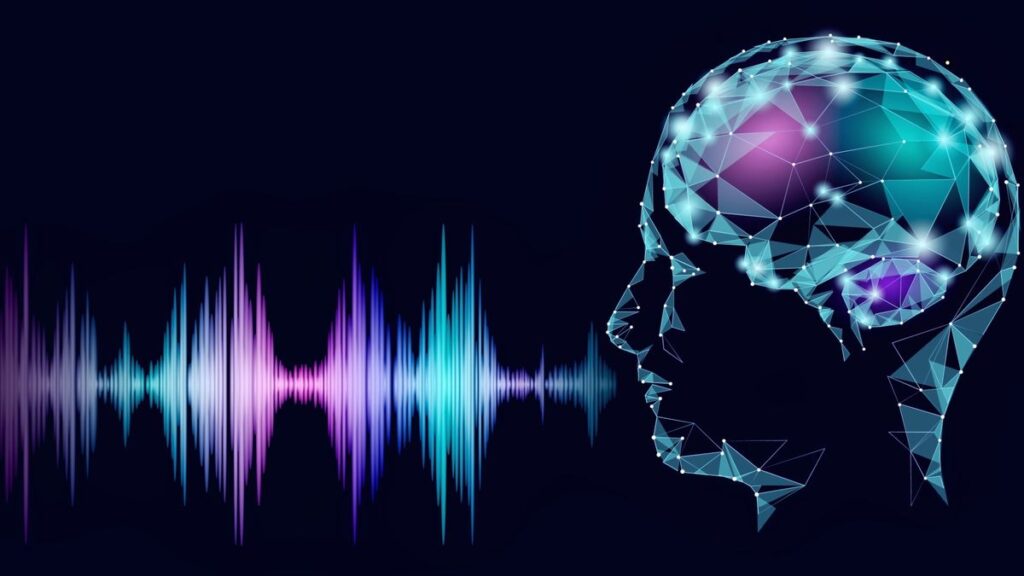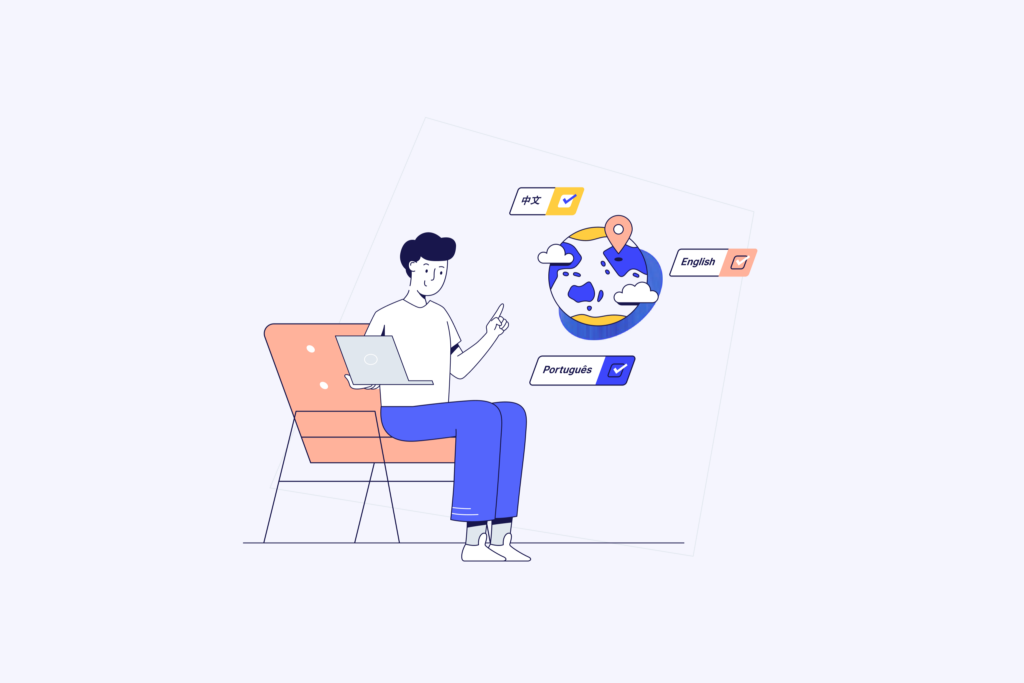Top 5 AI Technologies Transforming the Sound Industry
Explore the cutting-edge AI technologies reshaping the world of sound. From Jukebox’s musical compositions to WaveNet’s lifelike speech, discover how these AI innovations are revolutionizing audio experiences.

OpenAI’s Jukebox: Revolutionizing Music Composition
Learn about how Jukebox, an AI by OpenAI, is creating waves in the music industry. This AI tool can generate music and singing in various genres, emulating different artist styles. Discover the magic of AI-generated music and how it’s opening new doors for creativity and innovation in the music world.
Google’s WaveNet: The Future of Speech Synthesis
Delve into the world of WaveNet, Google DeepMind’s groundbreaking neural network. Known for its realistic human-like voice synthesis, WaveNet has significantly enhanced the quality of speech in applications like Google Assistant. Understand how this AI is shaping the future of speech synthesis and communication technologies.
Sony’s Flow Machines: AI-Assisted Music Creation
Explore Sony’s Flow Machines, an AI system revolutionizing music composition. By analyzing a vast database of songs, it aids in crafting music across various styles. Learn about its role in the music industry, from assisting composers to producing commercially successful tracks.
Adobe’s VoCo: The ‘Photoshop’ for Voice
Discover Adobe’s VoCo, an innovative audio editing tool. Known for its ability to create and modify speech recordings, VoCo is likened to Photoshop for voice. Dive into its capabilities and implications in voiceover work, audio editing, and content creation.
Descript’s Overdub: Revolutionizing Audio Editing
Get to know Overdub by Descript, a feature that allows the creation of a digital voice clone. This tool enables users to edit spoken-word audio seamlessly, offering unprecedented control and flexibility in audio editing. Understand how Overdub is changing the landscape of podcasting and audio production.
Conclusion:
The world of sound and audio is experiencing a transformation like never before, thanks to these five AI technologies. From creating music to synthesizing speech, AI is not just enhancing audio experiences but also redefining the possibilities in sound technology.

















